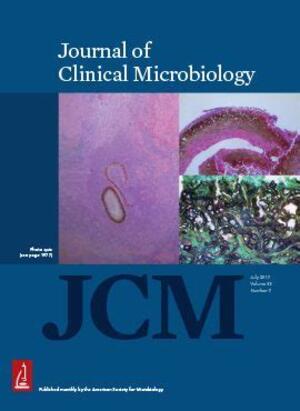
Mapping brucellosis risk in Kenya and its implications for control strategies in sub-Saharan Africa
Abstract
In Sub-Saharan Africa (SSA), effective brucellosis control is limited, in part, by the lack of long-term commitments by governments to control the disease and the absence of reliable national human and livestock population-based data to inform policies. Therefore, we conducted a study to establish the national prevalence and develop a risk map for Brucella spp. in cattle to contribute to plans to eliminate the disease in Kenya by the year 2040. We randomly generated 268 geolocations and distributed them across Kenya, proportionate to the area of each of the five agroecological zones and the associated cattle population. Cattle herds closest to each selected geolocation were identified for sampling. Up to 25 cattle were sampled per geolocation and a semi-structured questionnaire was administered to their owners. We tested 6,593 cattle samples for Brucella immunoglobulin G (IgG) antibodies using an Enzyme-linked immunosorbent assay (ELISA). We assessed potential risk factors and performed spatial analyses and prevalence mapping using approximate Bayesian inference implemented via the integrated nested Laplace approximation (INLA) method. The national Brucella spp. prevalence was 6.8% (95% CI: 6.2–7.4%). Exposure levels varied significantly between agro-ecological zones, with a high of 8.5% in the very arid zone with the lowest agricultural potential relative to a low of 0.0% in the agro-alpine zone with the highest agricultural potential. Additionally, seroprevalence increased with herd size, and the odds of seropositivity were significantly higher for females and adult animals than for males or calves. Similarly, animals with a history of abortion, or with multiple reproductive syndromes had higher seropositivity than those without. At the herd level, the risk of Brucella spp. transmission was higher in larger herds, and herds with a history of reproductive problems such as abortion, giving birth to weak calves, or having swollen testes. Geographic localities with high Brucella seroprevalence occurred in northern, eastern, and southern regions of Kenya all primarily characterized by semi-arid or arid agro-ecological zones dominated by livestock pastoralism interspersed with vast areas with mixed livestock-wildlife systems. The large spatial extent of our survey provides compelling evidence for the widespread geographical distribution of brucellosis risk across Kenya in a manner easily understandable for policymakers. Our findings can provide a basis for risk-stratified pilot studies aiming to investigate the cost-effectiveness and efficacy of singular and combined preventive intervention strategies that seek to inform Kenya’s Brucellosis Control Policy.
Citation
Akoko, J.M., Mwatondo, A., Muturi, M., Wambua, L., Abkallo, H.M., Nyamota, R., Bosire, C., Oloo, S., Limbaso, K.S., Gakuya, F., Nthiwa, D., Bartlow, A., Middlebrook, E., Fair, J., Ogutu, J.O., Gachohi, J., Njenga, K. and Bett, B. 2023. Mapping brucellosis risk in Kenya and its implications for control strategies in sub-Saharan Africa. Scientific Reports 13: 20192.








